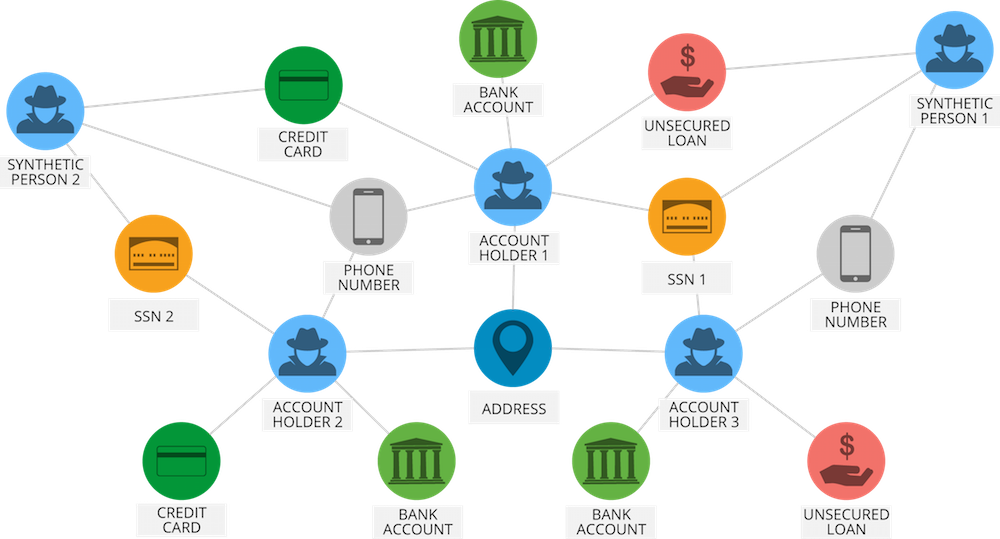Common Metadata Data Model (CMDM)
This CMDM product is developed end of 2020 by Eduard Lekanne from The Dutch Data Difference. This product is typical for how The Dutch Data Difference is different: namely being innovative and bringing context in content.
Why CMDM
In my opinion, it is all about relationships. And not only from a visualization perspective but a perspective that you can really search in and navigate through. Most solutions I know are either somehow file-based or based on relational databases. And most CMDBs in this world are also based on relational databases.
And on the other side, most of the use cases are based on content AND context (relationships). Just to name a couple of the use cases: what is the impact of this component on, or how much of this is in use for a particular business unit, or which of the transactions is used at more than two locations, or etc. Mostly if we collect all the data for one use case the next use case is already thought about.
We at The Dutch Data Difference think it is time for an approach where content and context are collected and because of the context new use cases can be implemented fast.
That is why we came up with the Common/Corporate Metadata Data Model (CMDM).
It is “Common” because it is one model that everyone uses and can extend. It is “Corporate” at the same time because it is central. It keeps track of some details of Objects (Metadata), keeping the details in the tools where they come from. And it is a “Data Model” because it links all those objects together in a graph. The key here is relationships.
An example of such a graph can be seen in the following screenshot of how credit card fraud could be seen.

The architecture of the CMDM
The core of the CMDM is powered by the most popular property graph database named Neo4j.

The CMDM is connected by the following:
- Input Integrations: For now the first integration is between ServiceNow and CMDM where CMDB/CSDM CIs plus relationships are retrieved. It also retrieves Incidents, Problems, and Changes including the ServiceNow users and (ITIL/config) groups.
- Output Integrations: For now the first integration is between CMDM and Splunk Enterprise/Cloud. That integration includes new Splunk search commands and Splunk macros.
- CMDM API: This API can be used to either do inputs to the CMDM or retrieve content out of the CMDM. This API can be used to easily integrate other platforms.
- CMDM Analysis: The CMDM offers a web-based graph visualization tool. But also other graph visualization tools on the market can be used.
How to use the CMDM
Use cases for the CMDM can be found in the “solutions” section.
But the CMDM can also be used as an independent solution with the build-in analytics browser. It is easily to extend the inputs or outputs side of the CMDM and we are willing to help here.
Recent Comments